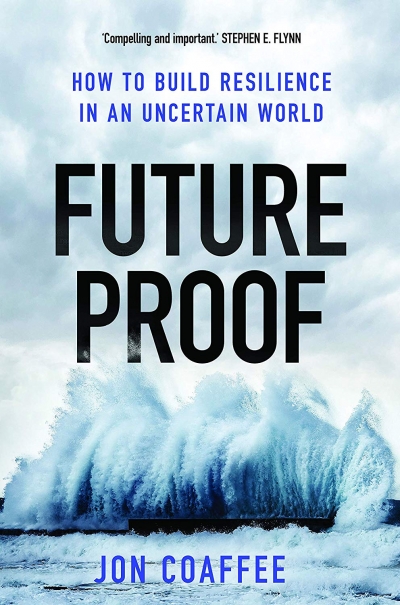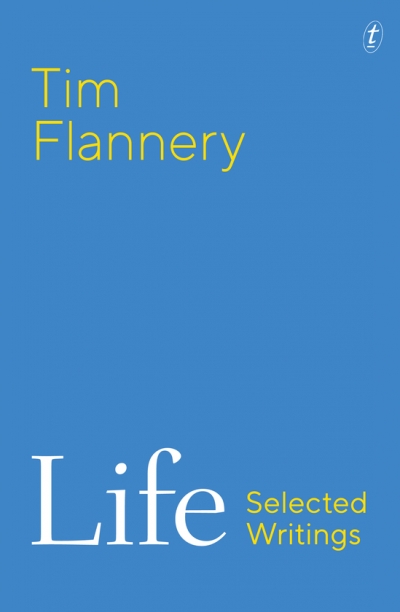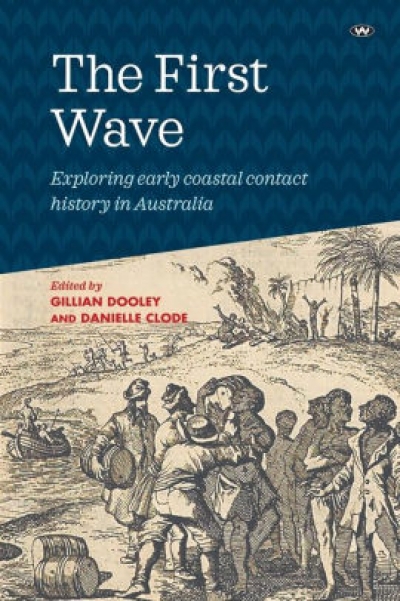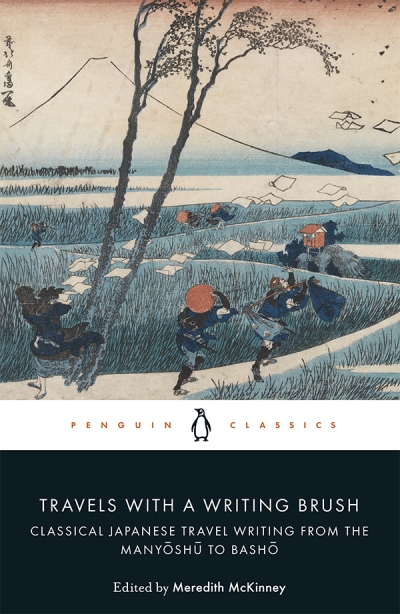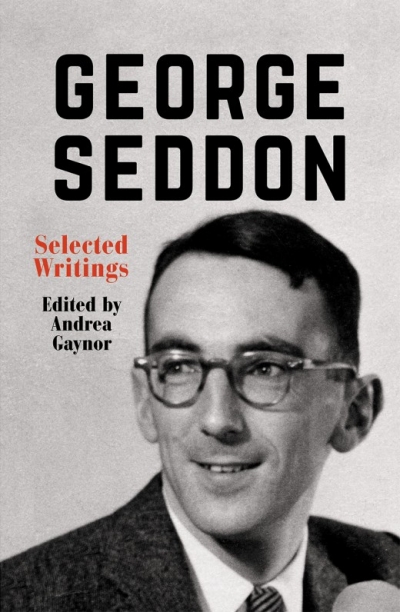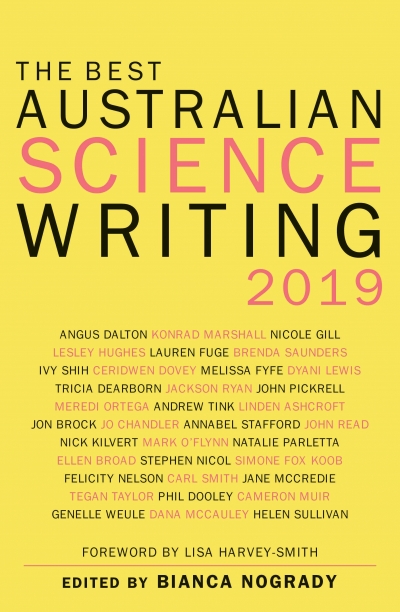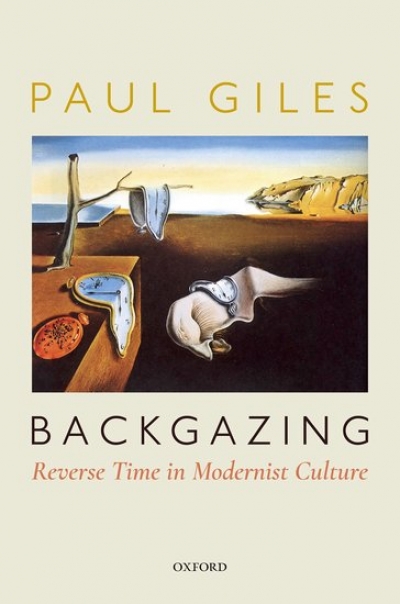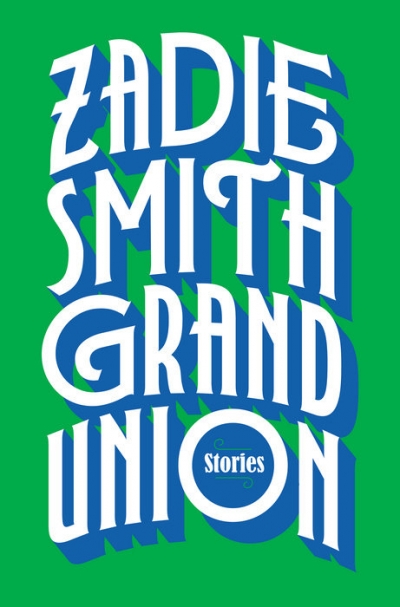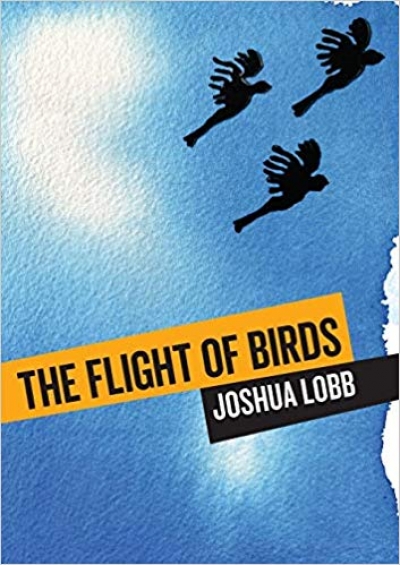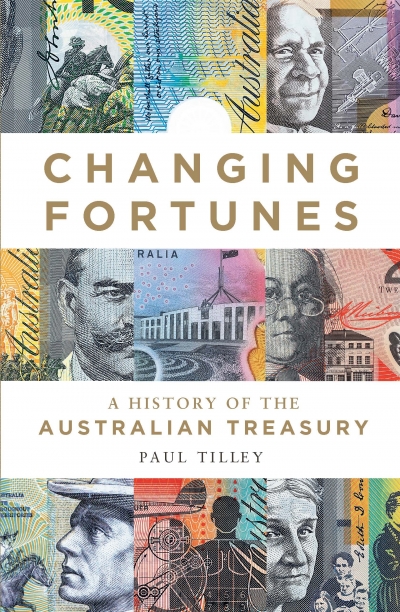VIC contributor
Future Proof: How to build resilience in an uncertain world by Jon Coaffee
by Tom Bamforth •
The First Wave: Exploring early coastal contact history in Australia edited by Gillian Dooley and Danielle Clode
by Alexandra Roginski •
Travels with a Writing Brush: Classical Japanese travel writing from the Manyōshū to Bashō edited by Meredith McKinney
by Barry Hill •
The Best Australian Science Writing 2019 edited by Bianca Nogrady
by Robyn Arianrhod •
The Flight of Birds: A novel in twelve stories by Joshua Lobb
by Sascha Morrell •

